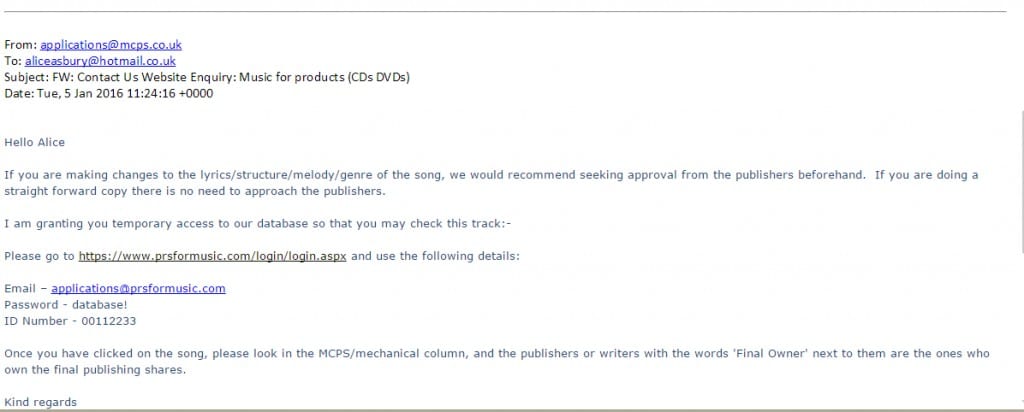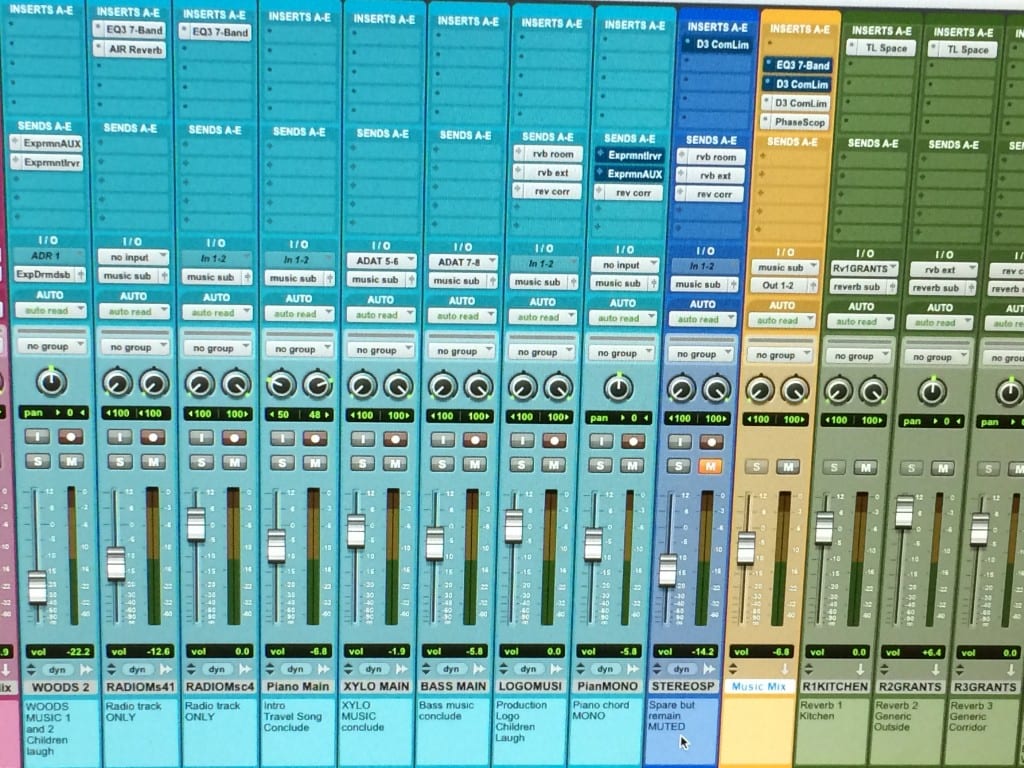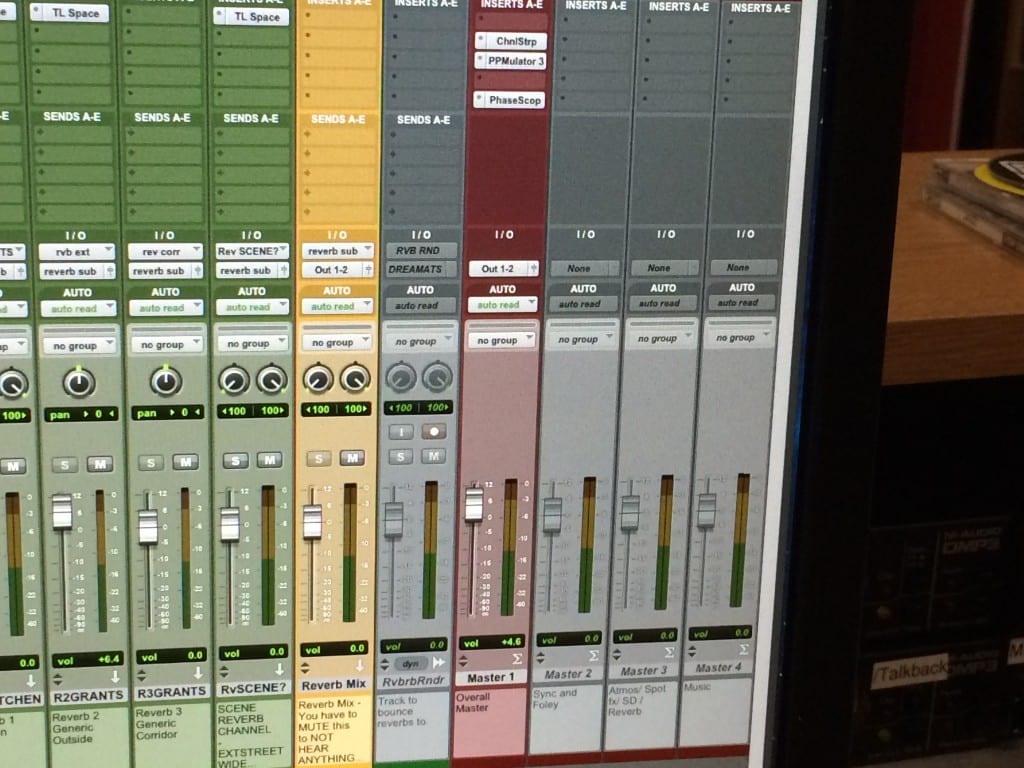11, 12/11/15 – ‘George’ Shoot Days 3 + 4
Audio for two of the final five locations was collected without problem, though the project has now fallen behind schedule as shooting was supposed to complete by the end of this week due to a spate of eleventh hour cancellations which have severely impacted the schedules of both groups.
This was concurrent with the abrupt departure of the film’s director from the working group just prior to this week’s filming.
It appeared from our perspective that the outgoing director did only the bare minimum to smooth the picking up of slack for the rest of her group which directly led to them cancelling a reasonably complex location shoot, use of the location for which had been offered on goodwill and only for a limited time. Nobody appeared to know how to contact any of the key people outside of the production team (location owners, the actor etc) in her absence, suggesting that this information wasn’t shared in an organised fashion within the group to cover such an eventuality. As such, it became necessary for me to liase with the rest of the production team, and to relay information to the rest of my group as decisions were made and the schedule changed, as well as replanning our own working schedule in response and trying to schedule in some kind of useful work on the project with no picture or storyboard available.
Unfortunately, in the longer term, the loss of most of two days shooting required a large amount of rescheduling, which in turn meant it was impossible for both groups to access equipment for at least the two following weeks. This has put the production back by at least three weeks, taken us from ahead of schedule to badly behind schedule and has required an extension to our institutional deadline which has now been granted. At this time, we’re told we’ll still have a picture-lock version of the film by December 20th, giving us a month to finalise the audio in time for the new deadline on the 27th of January. We’re attempting to fill the down-time this has created constructively by getting a head-start on the music and atmosphere work required for the picture.
A positive aspect arose from the uncertainty of the situation as, in the absence of the director during the full day’s shoot of the 12th which did go ahead as planned, the workflow, communication and creativity was much improved on set as the production team split the directorial duties between them.
The first director appeared to be no longer involved with the project after this.
— 500 words
Team management and interaction issues – Process Management, Professional Practise.
- To successfully manage a three person team in delivery of the entire soundtrack to a new piece of visual media efficiently
To successfully manage the audio team’s interaction with film’s director, editor and producer on a practical and creative level, and ensure the audio team’s work is delivered on time and to a good standard.



